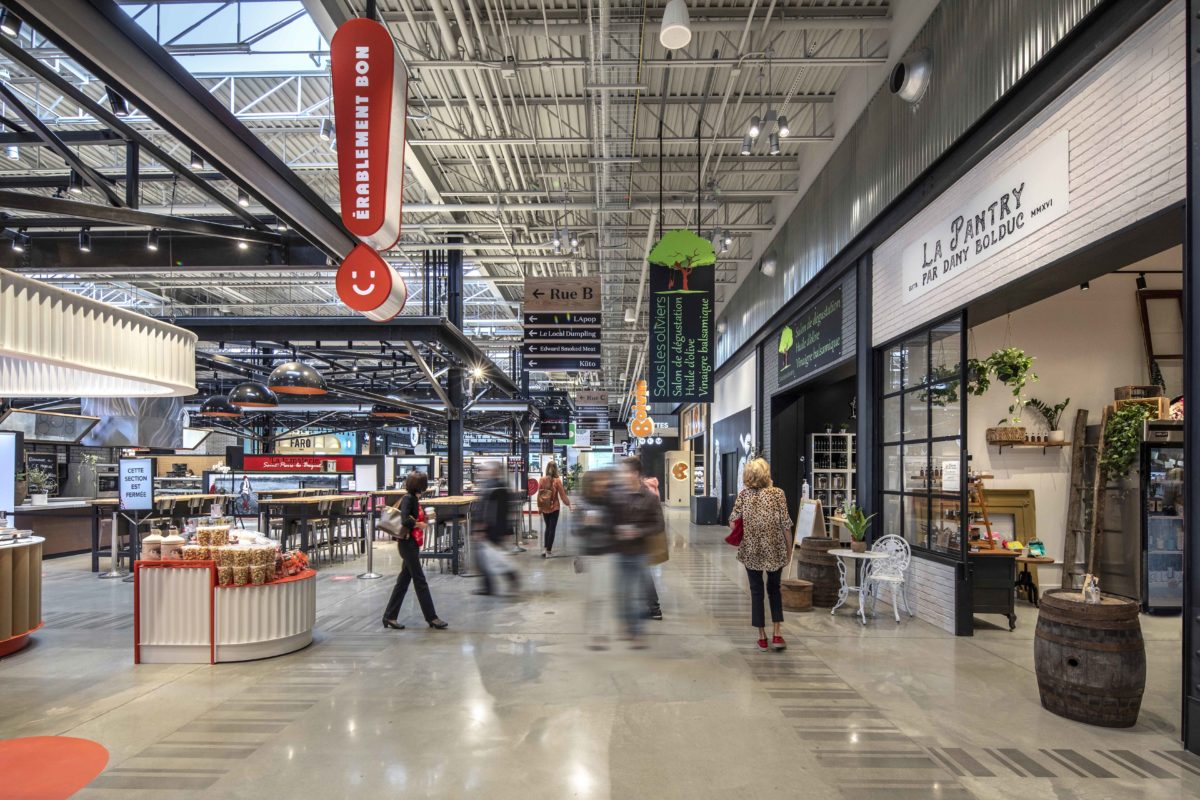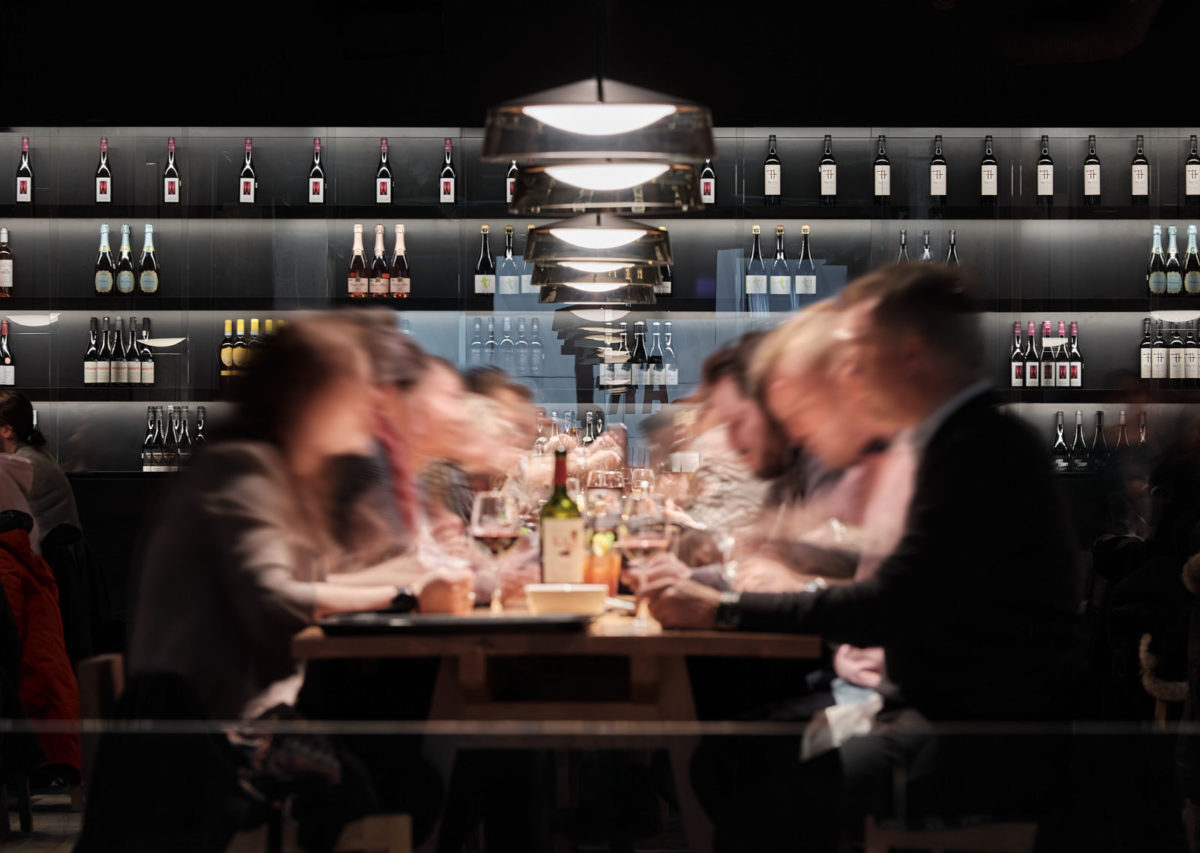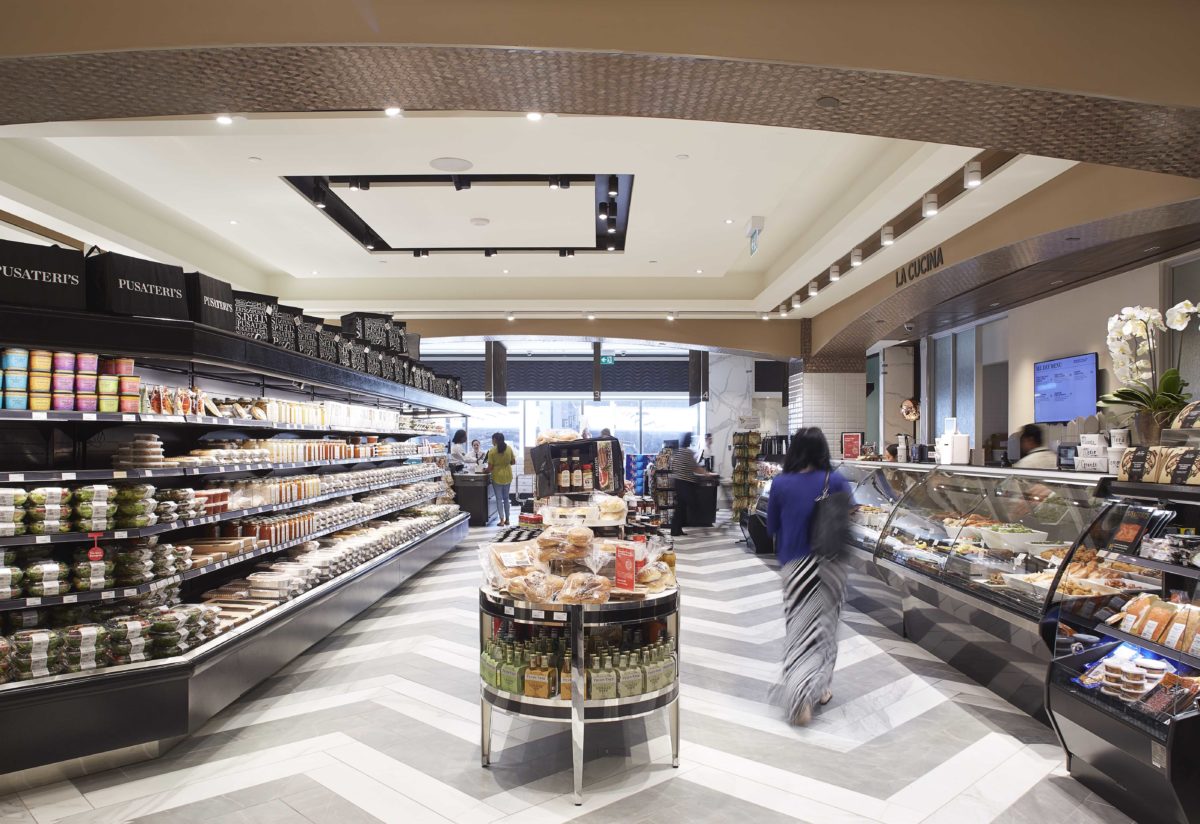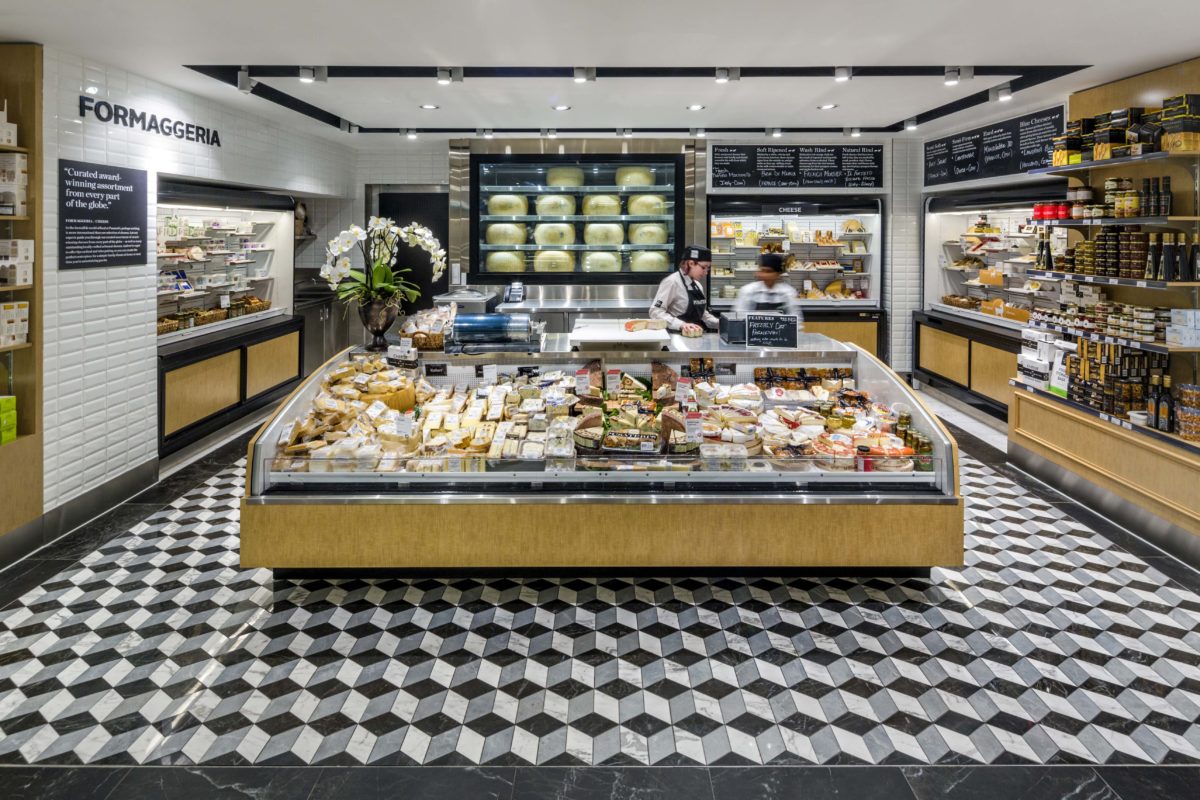In 2018, there were 150 food halls in the US. In 2023, this number had more than doubled to almost 360. With New York leading the way, over the past five years food halls have been springing up in Miami, Dallas, LA and other cities across the US, while also spreading to Montreal, Toronto and the Canadian market.
In a clear shift away from the traditional food court, with its focus on national tenants and fast food outlets, the food hall offers an eclectic mix of local artisanal produce, gourmet restaurants, food stalls and boutiques. Its rapid growth is linked to a desire for new experiences among consumers, who’ve grown tired of monocultural, cookie-cutter food concepts. The need for increased social interaction within F&B and retail, post-Covid, has been another major driver.
The North American food hall offers a unique mix of spaces and experiences within department stores and shopping malls. By integrating with the surrounding retail offers, the food hall becomes a catalyst for rich and diverse consumer engagement. Communal seating and dining areas also help to bring people together to celebrate the social dimension of food and drink.
And the format has been hugely successful, driving increased footfall and revenue across multiple developments, with another 150 food hall projects planned in North America over the next few years. The Benoy portfolio alone is testament to the growing demand within this burgeoning market. In the last few years, we’ve worked on food hall designs for American Dream in New Jersey, Pusateri’s in Toronto, and Time Out Market in Montreal, to name just a few.
But what makes a successful food hall? As we’ve seen in our work across Canada and the US, food hall design requires the skilful blending of multiple elements, underpinned by five key pillars. These pillars are:







